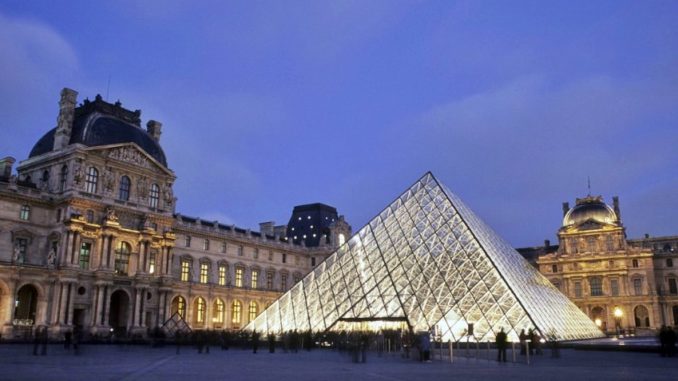
The LouvreMuseum is undoubtedly one of the world’s finest art galleries. Located in the heart of Paris along the banks of the SeineRiver, the Louvre covers a total area of 652,300 sq.-ft.
The gallery is home to hundreds of thousands of classical and modern masterpieces depicting the French culture, reminding us of the grandeur of European artwork from the days of the Renaissance. It is unsurprising that the Louvre receives the highest footfall among all art galleries around the world!
Brief History of The Louvre
Designed originally as a fortress back in 1190, LeMusée du Louvre was rebuilt in the 16th century to serve as the RoyalPalace. This was the Golden era for The Louvre as every monarch henceforth expanded the palace to where it currently stands. The Louvre was converted into an art academy in 1682 and hosted regular exhibitions of the members’ work, as the Royal Residence was moved to Versailles by Louis XIV.
The Louvre was inaugurated as a museum in 1793 by the National Assembly with a collection of 537 paintings. However, due to some structural damage to the building the museum was shut down in 1796. It was reopened in 1801 by Napoleon who expanded the collection and christened The Louvre as Musée Napoléon.
The foundation of The Louvre Museum, as it is known today, is at the hands of Napoleon Bonaparte. His contributions include spoils from Prussia, Belgium, Italy, Egypt and Austria.
With the Treaty of Fontainebleau in 1815 much of Napoleon’s plunder was returned to their country of origin, and the museum’s nearly 5000+ artifacts were reduced to a mere 500. The Musée Napoléon reverted to The Louvre, which continued to expand during the reign of Napoleon III in the 19th century.
The Louvre – Architecture
Along with the priceless art collection at the LouvreMuseum, the building’s architecture is nothing short of an exhibit! The structure is a mix of the Renaissance and French Classical architecture and its medieval elements are the most prominent around the lobby and beneath the pyramid.
Perhaps the most famous element of the design is the Colonnade by Claude Perrault on the eastern façade of the structure, which is the best-preserved example of French Classicism from the era. The structure consists of paired Corinthian columns with pavilions at the corners – a design that inspires the Metropolitan Museum in New York and the U.S Capitol in Washington D.C.
The Grande Louvre underwent an overhaul in 1983, which called for a redesign of the front entrance. Architect I.M. Pei was in charge of the entire project, including the glass pyramid structure and the underground lobby that we see today.
The pyramid is undoubtedly the crown jewel of The Louvre,highlighting the timeless beauty of traditional design with modern architecture.
What to See at the Grande Louvre?
Needless to say, the most notable of the Louvre’s collection is Leonardo da Vinci’s Mona Lisa. The iconic painting perhaps draws the highest number of visitors from around the world each year with her enigmatic smile and composed posture. She is highly protected around the clock by armed guards and a bulletproof enclosure,as a result of being stolen back in 1911.
The armless beauty Venus di Milo,the ancient Greek sculpture of Nike of Samothrace, andthe Winged Victoryare quite popular with visitors. Some of the other notable exhibits on display are da Vinci’s Dying Slave, The Virgin and Child with saint Anne, Antonio Canova’s Psyche Revived by Cupid’s Kiss, Jacques-Louis David’s The Coronation of Napoleonand Eugene Delacroix’s Liberty Leading the People¸ which is believed to be the inspiration behind Victor Hugo’s Les Miserables.
The Louvre’s collection revolves mostly around Egyptian antiques, Roman and Greek sculptures,paintings by the Old Masters and a trove of artefacts and crown jewels from French nobles. The museum’s collection stands at 35,000 pieces at any given time and the exhibits are divided into eight departments –Egyptian Antiques, Near Eastern Antiques, Roman Antiques, Greek Etruscan,Islamic Art, Decorative Art, Paintings and Sculptures, Prints and Drawings.
What is the Best Time to Visit the Louvre (Timings)?
Due to the sheer size of the Grand Louvre’s collection it is impossible to check out every exhibit at one go. Despite its massive capacity, the museum is overcrowded with people at any given time, making it impossible to visit multiple departments in a short time frame.
The official footfall count for 2017 reported by the museum stands at 8.1 million visitors.If you are a first timer, prepare to witness a sea of heads around the more popular sculptures and paintings.
The Louvre museum is open for public viewing from Wednesday to Monday every week, save for Christmas Day (December 25th), New Year’s Day(January 1st) and International Worker’s Day (May 1st). The official timings are 9 a.m. to 9.45 p.m. on Wednesday and Friday and 9 a.m. to 6 p.m. on Monday, Thursday, Saturdayand Sunday.
The Louvre – Tickets and Tips to get the Best Deal
There is a wide variety of tickets on offer based on the restrictions in place. While the cheapest tickets are available for 8 Euros, they allow access only to the Louvre’s permanent collection.The entry permit for the entirety is available for 15 Euros over the counter and 17 Euros online.
Admission is free for people under the age of 18,pass holders, people with disabilities and art teachers with proper documentation. Visitors are also allowed free entry on Bastille Day (July 14th).
The Museum offers its own line of tour packages to help visitors plan their day ahead.Tourists that plan on visiting only the most famous exhibits on display can opt for the Masterpiece Visitor Trail,whichtakes them through the top 10 exhibits over a span on 90 minutes.
It is safe to say that the secret to visiting the Louvre museum is planning ahead! Make a checklist of the famous displays that you want to visit, and time your trip to Paris according to the off-season if you hope to avoid the long queues!
The Louvre –Pictures
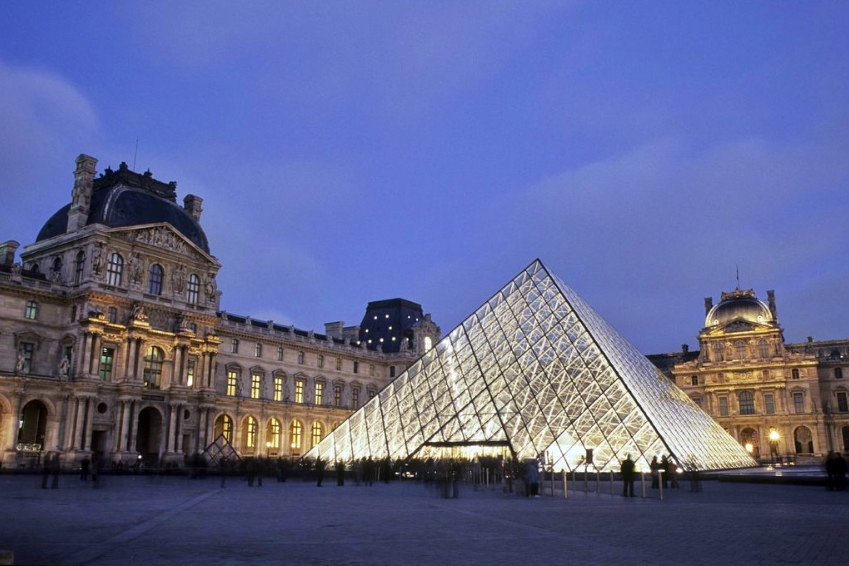
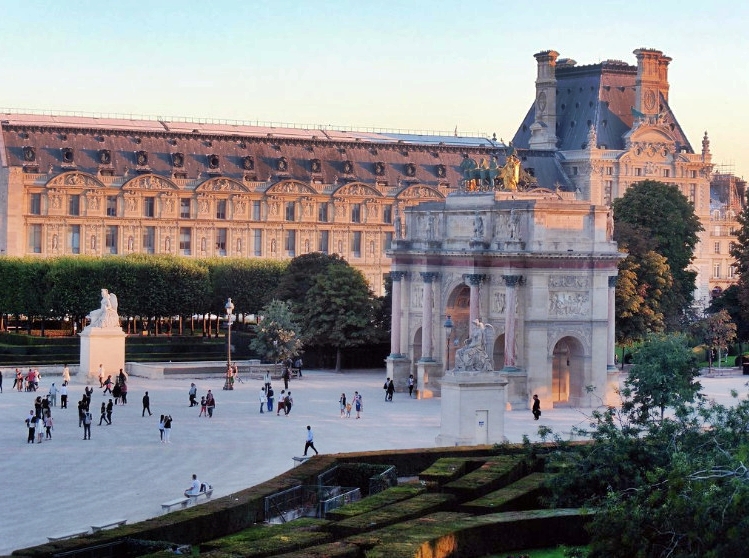
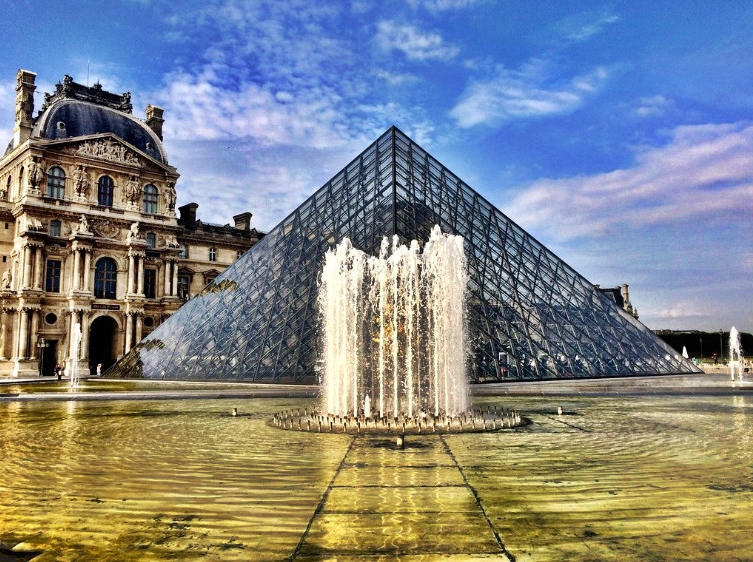
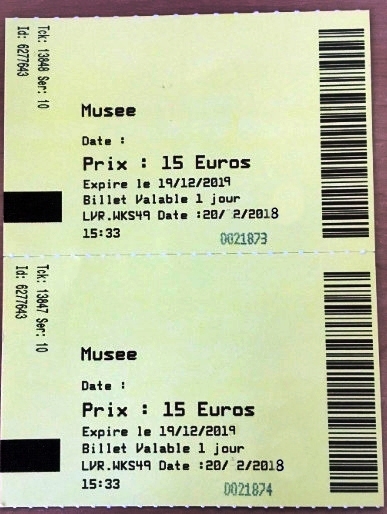
Be the first to comment